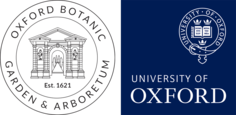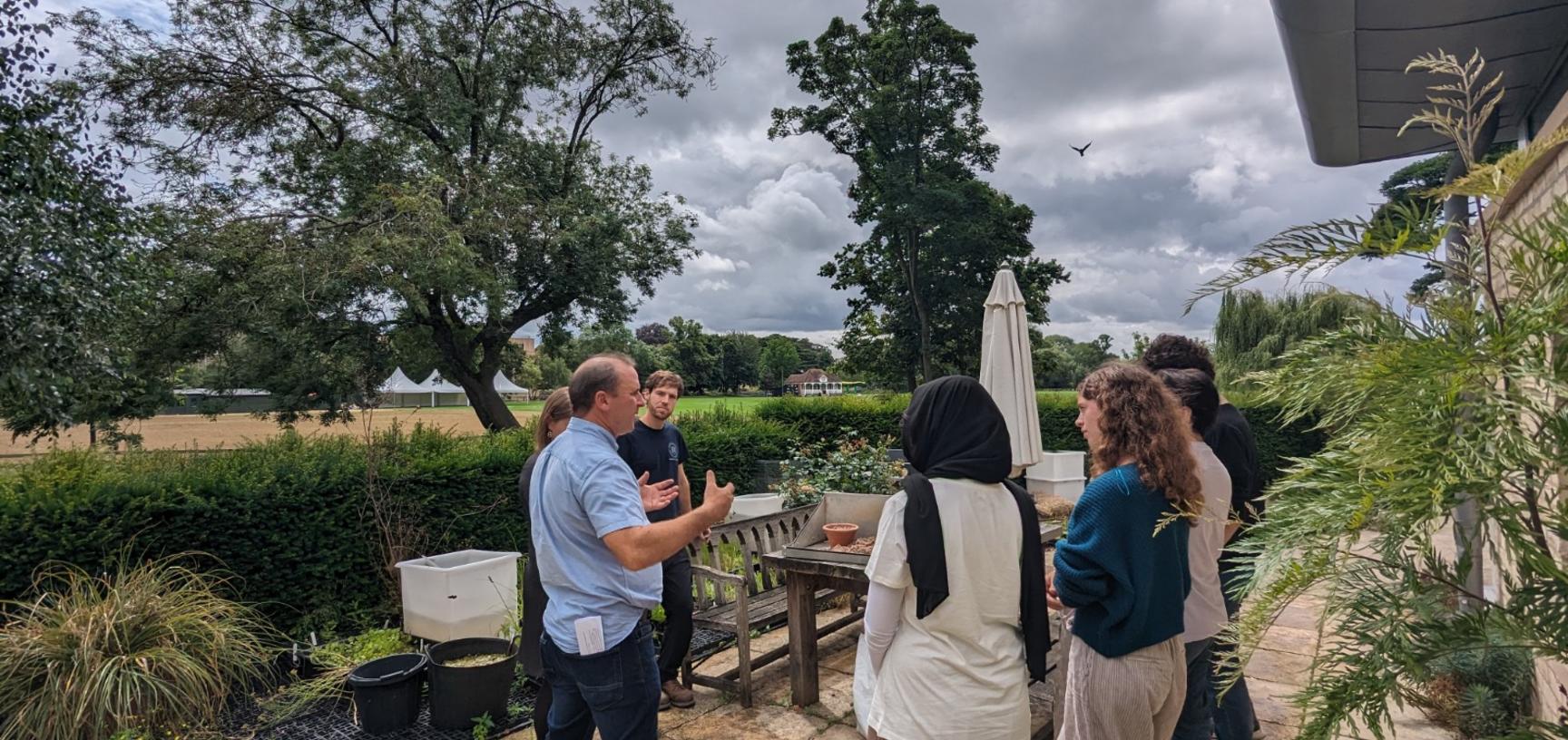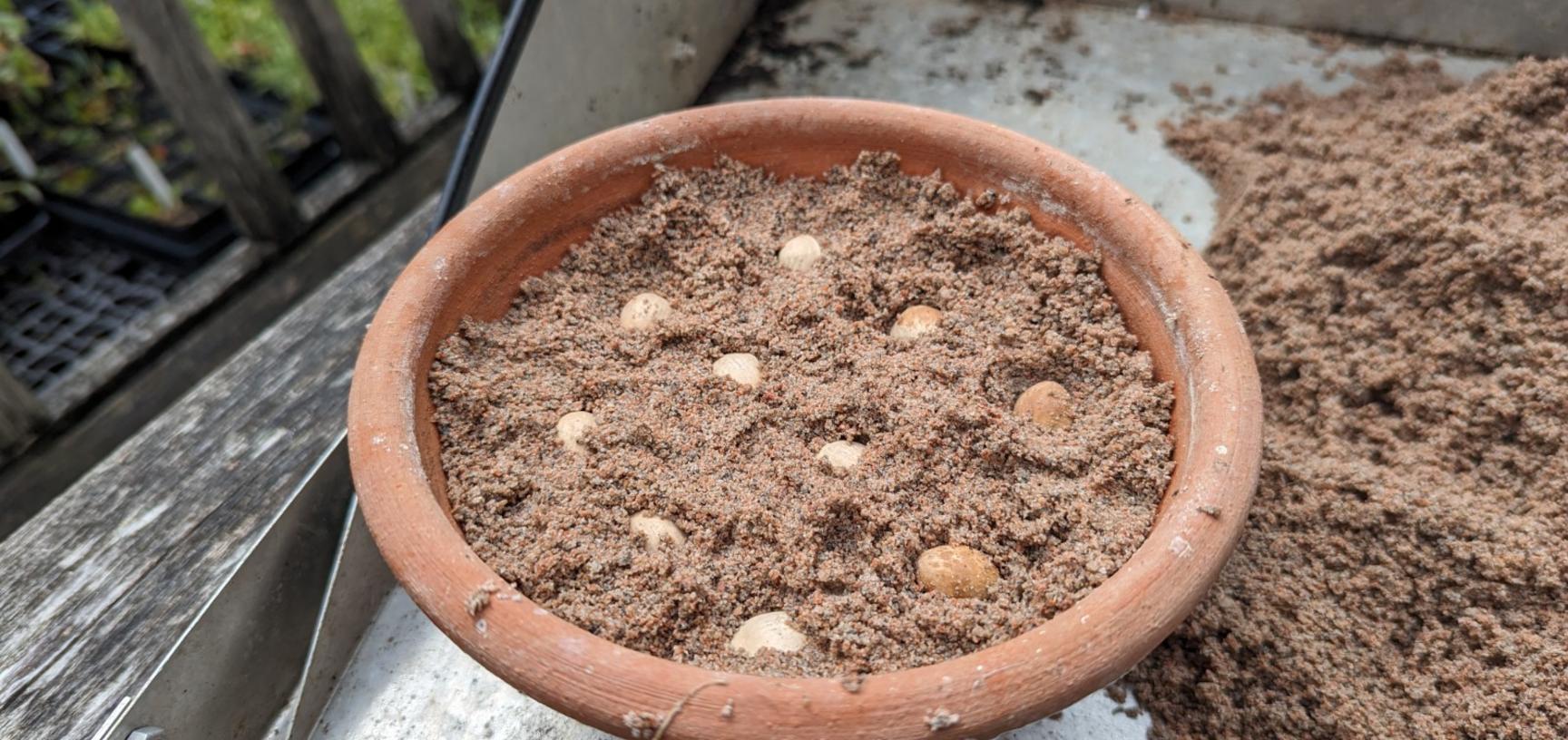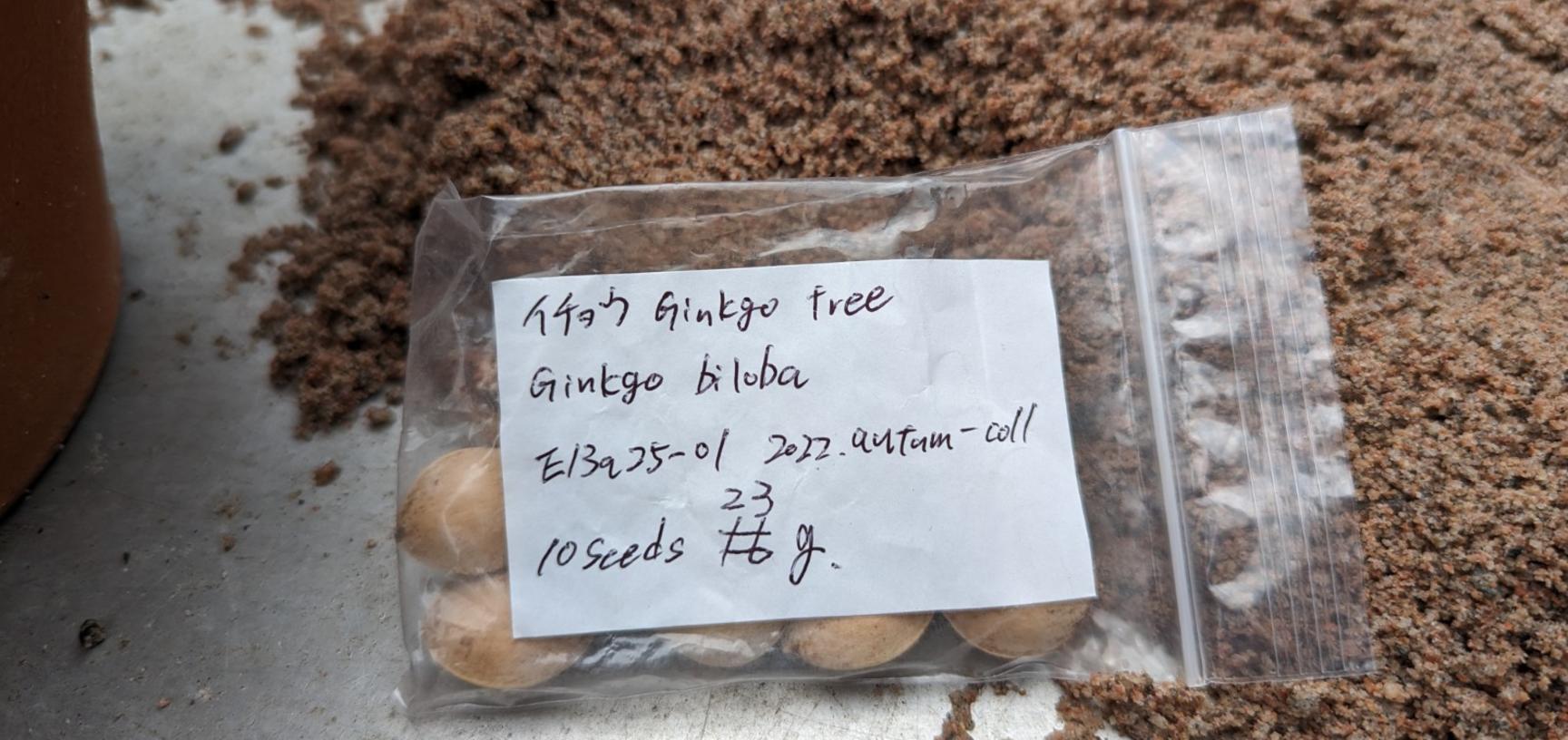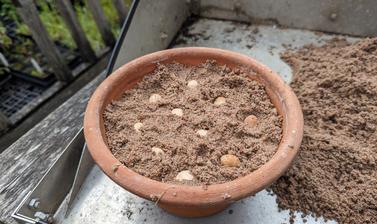Seeds from Hiroshima atomic bomb ‘survivor trees’ planted at Oxford Botanic Garden
Oxford Botanic Garden and Arboretum has received ginkgo seeds from trees that withstood the atomic bombing of Hiroshima as part of a project to raise second-generation hibaku (survivor) trees around the world as symbols of peace.
The project is an initiative of the Mayors for Peace organisation, which has worked closely with the cities of Hiroshima and Nagasaki to distribute seeds from survivor trees. To date, they have distributed seeds and seedlings to 88 cities outside of Japan from eight species of hibaku trees: ginkgo (Ginkgo biloba), Chinese parasol trees (Firmiana simplex), Camphora (Camphora officinarum), Kurogane holly (Ilex rotunda), Japanese hackberry (Celtis jessoensis), muku (Aphananthe aspera), persimmon (Diospyros kaki) and Jujube (Ziziphus jujuba).
In August 1945, Hiroshima’s ginkgo trees had been in full leaf. The bomb left their leaves burned, their branches stripped away and bark scorched. Despite this, the insides of the trees survived:
“Less than a year after the destruction, spring had pushed up a green shoot through the A-bomb desert – where rumour held that nothing would grow for 75 years. The powerful emotions stirred by a little sign of life would be hard for anyone [to understand] who is not a hibakusha (an A-bomb survivor) or a Hiroshima resident. Our expressions brightened our steps quickened, in response to more than the seasonal change.” – Shinzo Hamai, the first Mayor of Hiroshima after the atomic bombing, reflecting on the role of survivor trees as a symbol of the city’s resilience.
These trees became known as ‘hibakujumoku’ – literally ‘bombed trees’, but often translated into English as ‘survivor trees’. These trees were named and marked by plaques, serving as living memorials. Whilst a number of species survived, the ginkgo trees survived in significant numbers and became the most well-known of the hibakujumoku. The ginkgo (Ginkgo biloba) is a ‘living fossil’. It is the oldest surviving tree species of a lineage that has remained relatively unchanged for around 200 million years. The tree is known for its ability to withstand urban environments, tolerating pollution exposure and confined spaces. Its survival of the atomic bombs is an extreme example of its tenacity, and its seeds are a powerful example of nature recovering after a disaster. It is hoped that the second-generation survivor trees will provide lasting symbols of peace.
Oxford Botanic Garden’s Curator and Head of Horticulture Mark Brent, Secondary Education Officer Dr Lauren Baker and Senior Botanical Propagator Lewis Barrett sowed the ginkgo seeds with Year 12 students from Oxford Spires who were visiting to learn about how the team at the Garden engages the public with its collections. Lewis explained the seed stratification process, whereby ginkgo seeds are refrigerated to create the ideal conditions for germination. The seeds were distributed by Richard Outram, Secretary of the UK/Ireland Chapter of Mayors for Peace, based at Manchester City Council.
Once the saplings have developed, they will be planted in the Botanic Garden. The Garden’s team will also work with Oxford City Council and other local stakeholders to distribute the saplings across the city’s green estate.
